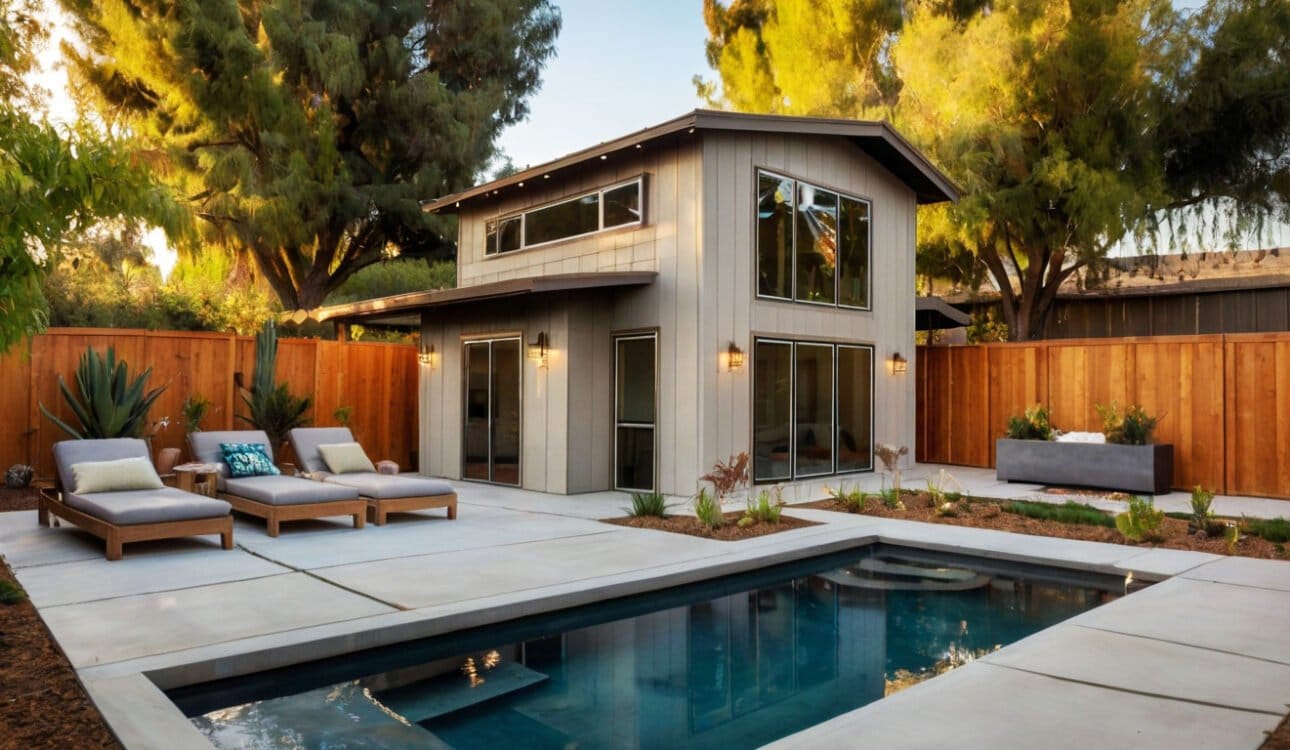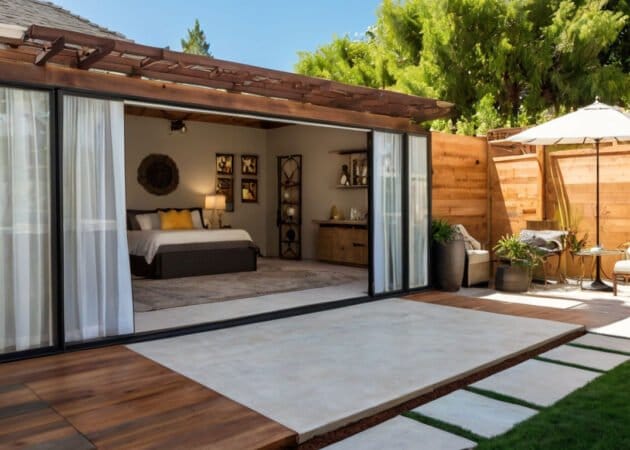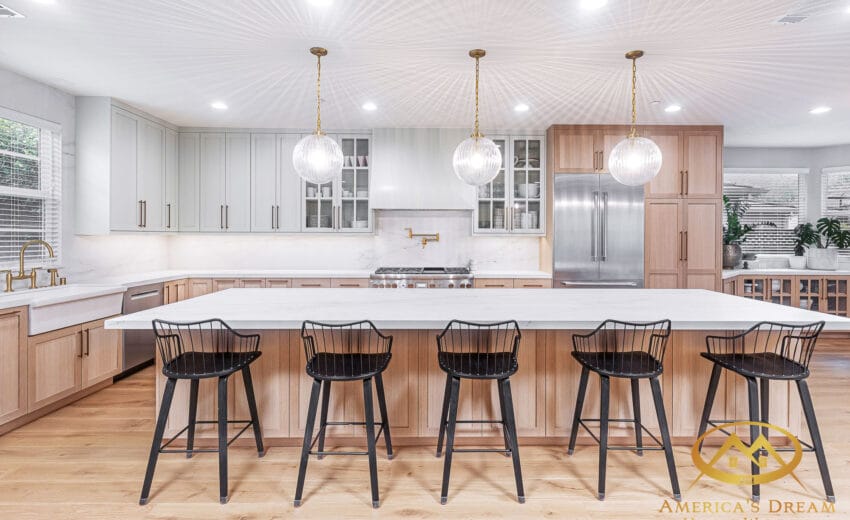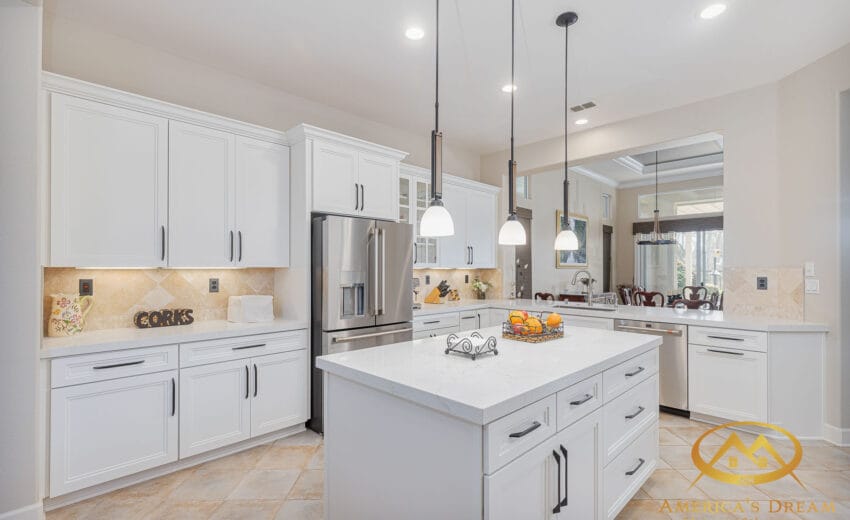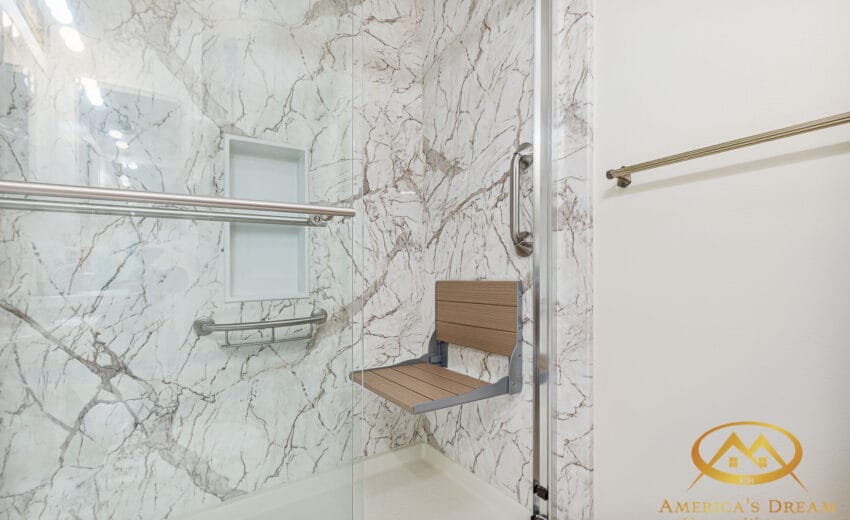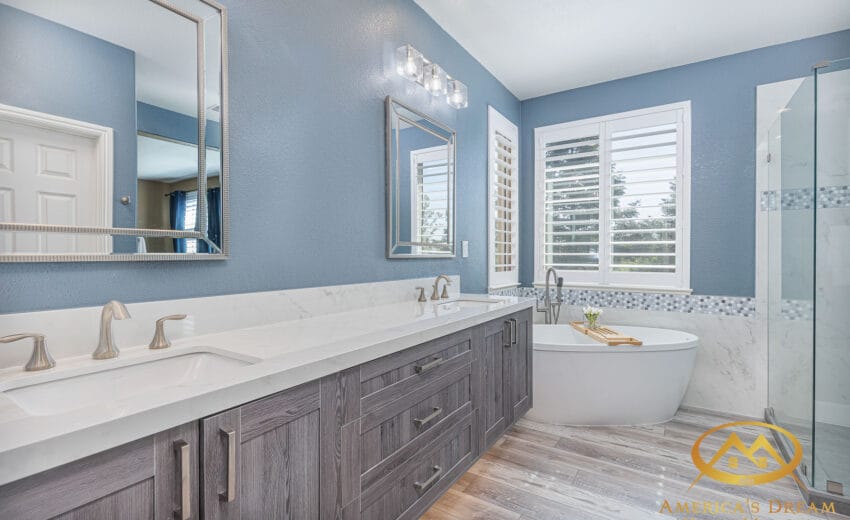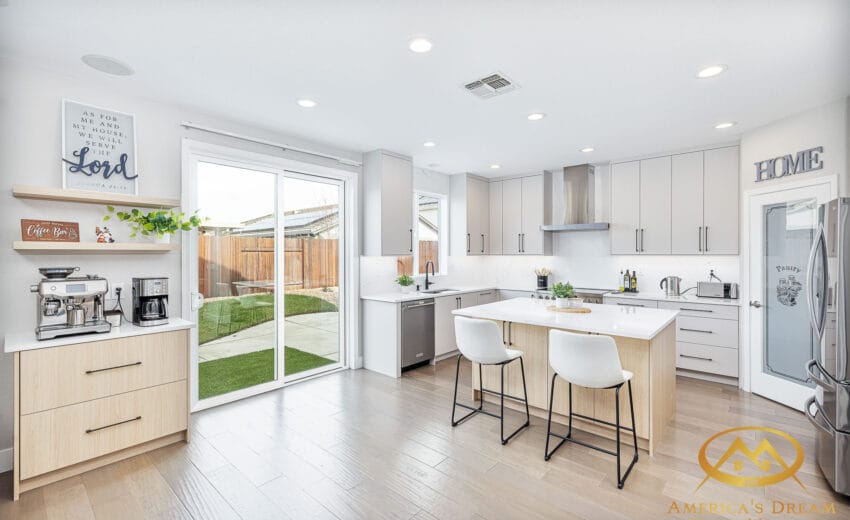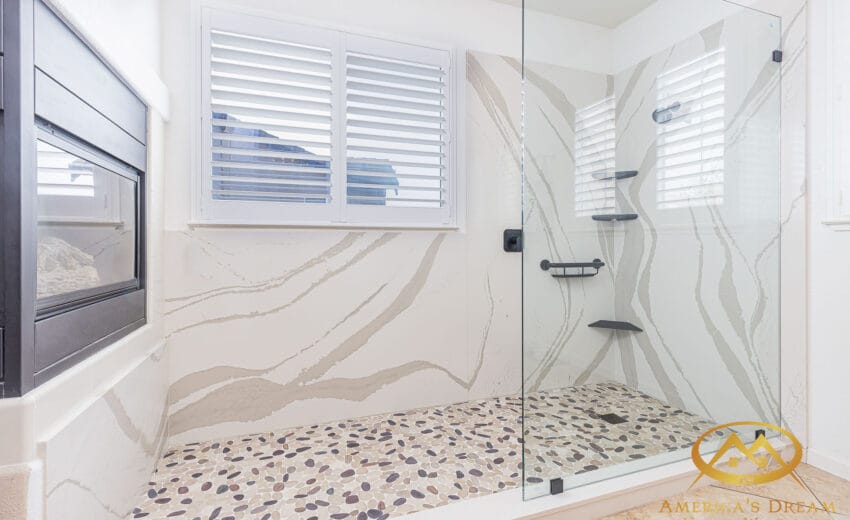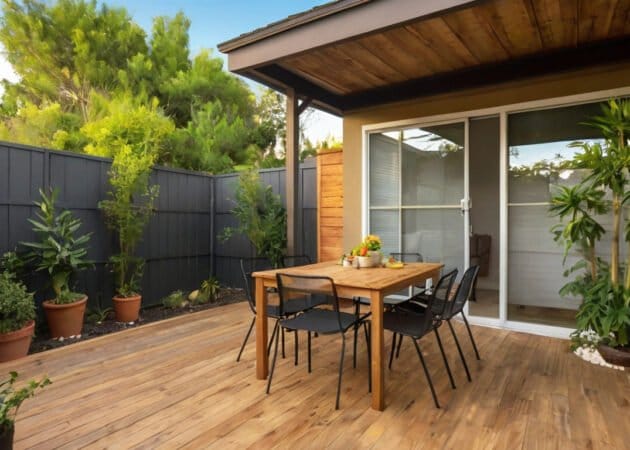Building an ADU, or Accessory Dwelling Unit, is a smart way to add living space, generate rental income, or create a private area for family members. But where do you start? From understanding the basics to navigating permits and finding the right contractor, here are 10 essential steps to begin your ADU construction journey.
1. Understand What an ADU Is
An Accessory Dwelling Unit is a secondary living space on your property, complete with its own entrance, kitchen, bathroom, and living area. ADUs can be attached ADUs (part of your main home) or separate small ADUs designed to be a cozy, self-contained unit.
Tip: Local zoning laws often specify the types of ADUs allowed, so make sure to check your area’s requirements.
2. Determine Your Goals for the ADU
Are you looking to add a rental property, create a guest suite, or provide a comfortable living space for a family member? Defining your goals early will help guide decisions about the layout, size, and amenities.
For a more budget-friendly option, consider building a small ADU that focuses on efficiency without sacrificing comfort.
3. Research Zoning and Building Regulations
Before moving forward with ADU construction, it’s crucial to review local zoning laws and building codes. Most areas have specific rules regarding size, height, and setback requirements, and some even limit whether the unit can be rented.
Look up ADU near me to learn about the regulations in your location or consult a local expert for guidance.
4. Decide on an ADU Type
There are several types of ADUs to choose from, depending on your property and goals:
- Detached ADU: A standalone structure separate from the main house.
- Attached ADU: Shares a wall with the main home but has a separate entrance.
- Garage Conversion: Transforms an existing garage into a living space.
Each type has unique benefits and limitations, so choose the one that best suits your needs and property layout.
5. Set Your Budget
Costs for building an ADU can vary widely depending on size, materials, and location. On average, ADUs can cost anywhere from $50,000 to $200,000 or more. Be sure to include costs for permits, utilities, and potential site preparation.
If you’re focused on affordability, consider researching ADU construction services that offer modular or prefab options to help save on materials and labor.
6. Design Your ADU Layout
The layout of your ADU should maximize space and functionality, especially for a small ADU. Consider features like built-in storage, open floor plans, and multi-functional furniture to make the space feel larger and more comfortable.
Working with a professional designer can help you create a layout that feels spacious, even in a compact area.
7. Apply for Permits and Approvals
Most jurisdictions require permits for ADU construction. This process may involve submitting plans, meeting zoning requirements, and passing inspections. Start this step early, as obtaining permits can sometimes take several months.
Pro Tip: Contact your city’s planning department or a local ADU contractor for help navigating the permit process smoothly.
Check Our Recent Projects
8. Select High-Quality, Durable Materials
Since ADUs are often compact, it’s essential to use materials that stand up to wear and tear. Opt for durable flooring, countertops, and fixtures that can withstand frequent use, especially if you plan to rent out the unit.
Choosing materials that match your primary home’s exterior can also help your ADU blend seamlessly with your property.
9. Hire a Trusted Contractor
Building an ADU is a complex process, so it’s important to hire an experienced contractor who understands local regulations and has a track record with similar projects. Look for ADU construction specialists with expertise in small-space building, efficient layouts, and energy-efficient materials.
Check out local ADU contractors and read reviews to find a contractor who can deliver quality results within your budget.
10. Plan for Utilities and Landscaping
Finally, remember to account for utilities and landscaping in your ADU project. Your contractor will need to ensure the ADU has access to plumbing, electricity, and possibly even separate HVAC. Landscaping around the unit can provide privacy and add curb appeal.
Adding greenery, fences, or walkways can enhance the look of your attached ADU or detached unit and make it feel like an integral part of your property.
Ready to Build Your ADU?
Building an ADU is a fantastic way to add value and flexibility to your property. Whether you’re interested in a small ADU or a more spacious attached unit, following these steps will guide you from initial planning to construction.
America’s Dream HomeWorks is here to help with expert ADU construction services and personalized designs. Contact us today to get started on building your perfect accessory dwelling unit!
